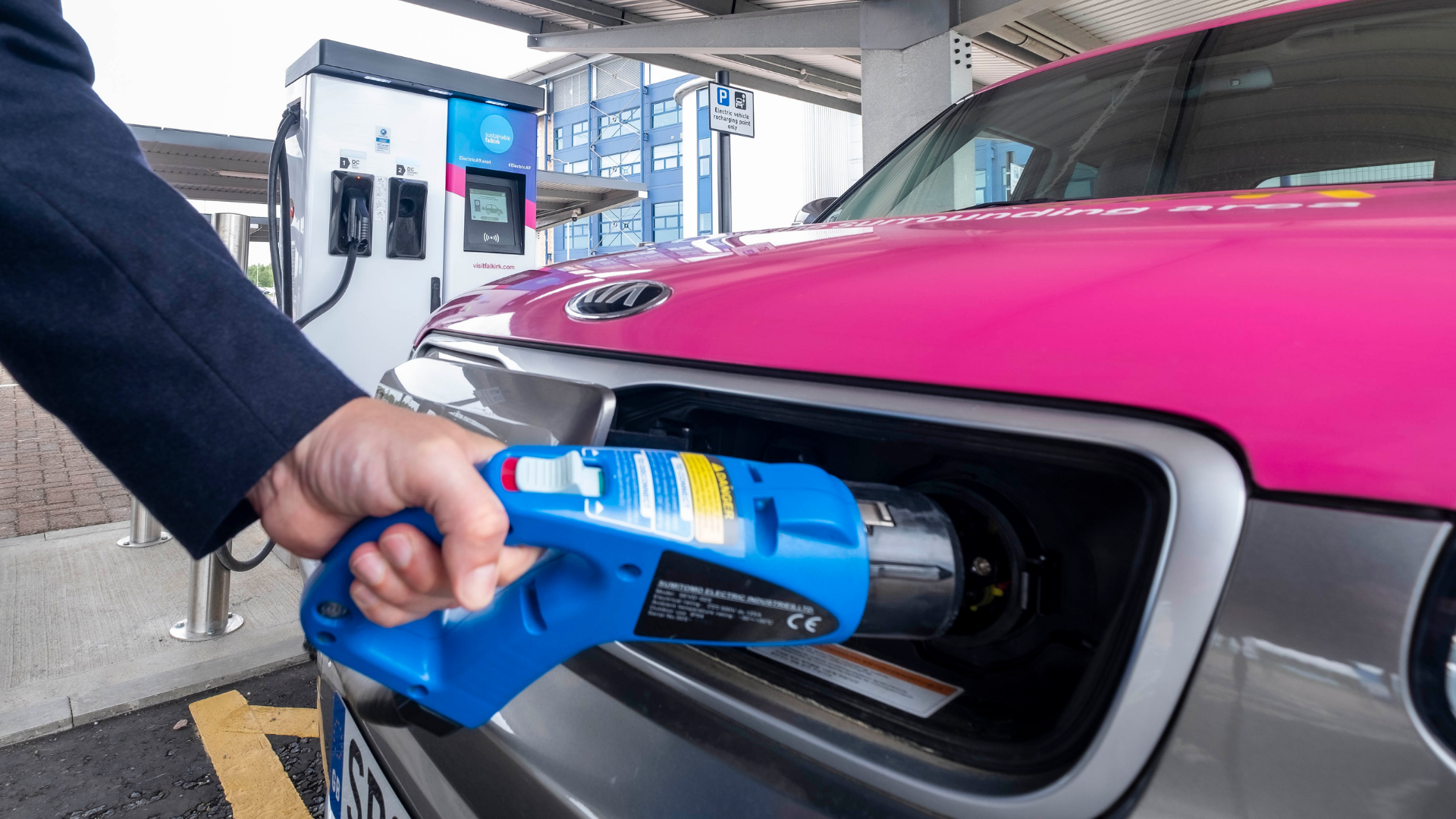New proposals have been set out by the government to expand the infrastructure for the Scotland’s public electric vehicle charging network. The new public electric vehicle charging fund is set to be launched and the project will attract the private sector investment.
Michael Matheson, the net zero, energy and transport Cabinet secretary revealed the new scheme at a statement to the Scotland’s Parliament. He elaborated its relationship with wider policies, including the commitment to lower 20% of kilometres travelled by car before 2030. He also revealed £350,000 to support six pathfinder schemes in Scotland in a measure designed to enhance better strategies and help identify charge-point requirements in the country.
Read also: Plans advance for Britishvolt’s electric-vehicle Gigaplant.
Private investors on the Scotland’s public electric vehicle charging network.
The new public electric vehicle charging fund will offer up to almost £60m to local authorities in the next four years, with exactly half of the money set to be the private sector investment. The government stated that the project has the ability to double the size of the public charging network in the country.
Matheson added: “I’m delighted to outline a new vision for the Scotland’s public electric vehicle charging network. We much prioritise funding in sustainable and active travel public transport, but still vans and cars will have a role to play and mostly in rural areas. We need the electric vehicles so as to meet the climates target, and so we need a seamless infrastructure of public electric vehicle chargers, able to help everyone, every time. The drafted vision offers a clear image of what electric vehicle charging networks need to offer for drivers in Scotland, and the priorities to achieve the changes. We want a just transition, where accessibility, reliability and availability is key without leaving anyone behind, shifting positively to zero emission transport system, with rural and island communities also included.
